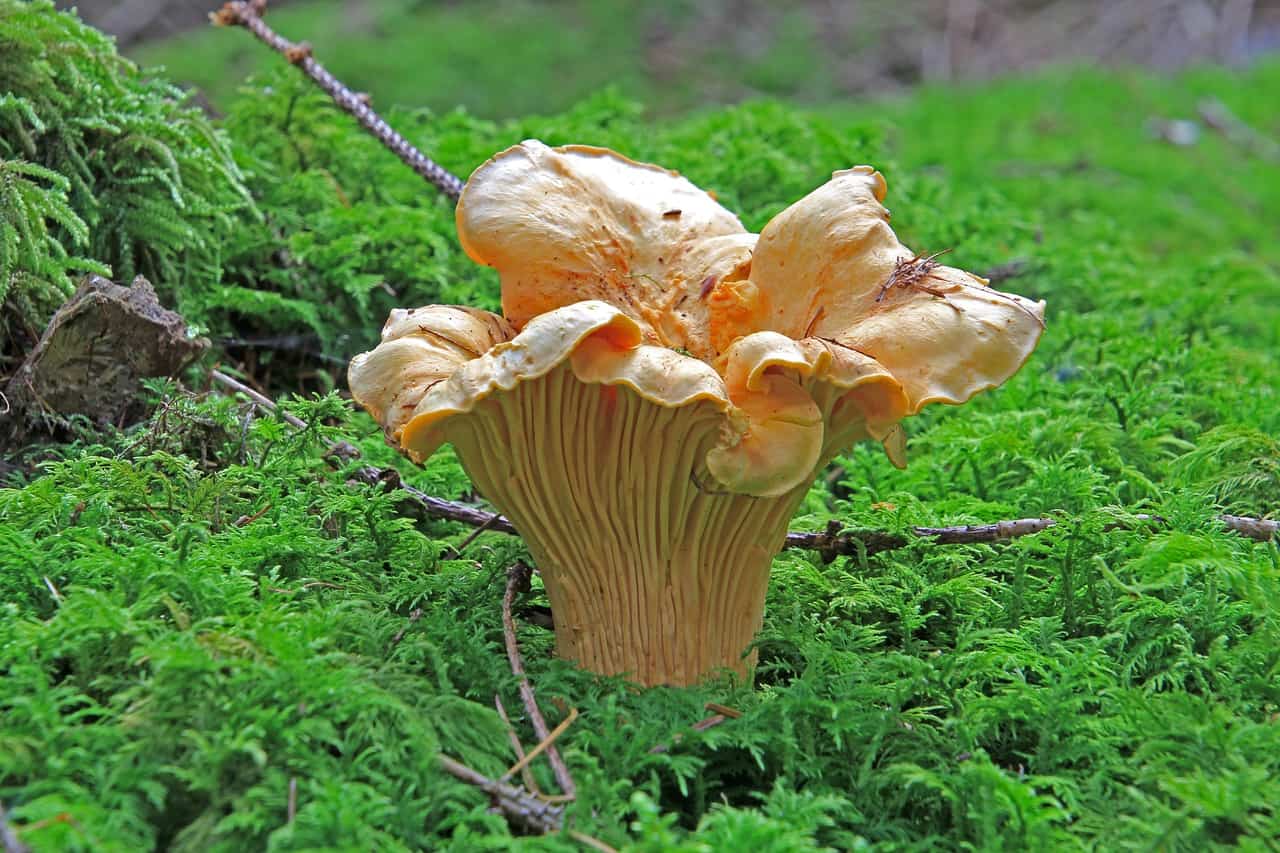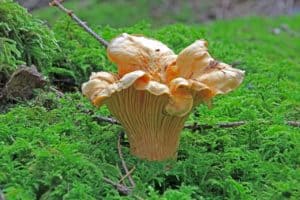Why Are Chanterelles Expensive?
These sweet apricot-scented mushrooms are a favorite of chefs and foragers around the world. Their unique flavor and meaty texture are highly valued and grace some of the finest tables. Chanterelles are also one of the top 5 most expensive mushrooms in the United States. Their golden color demands golden pricing, and it isn’t unwarranted either. There are a few reasons why chanterelles cost so much.
Chanterelles Resist Commercial Cultivation
The chanterelle, so far, is not commercially cultivated. Many believe it is impossible, however, that hasn’t stopped scientists from continuing to try. The reason it is so difficult is that the relationship between the chanterelles and the trees they grow around is not fully understood. It is a complex relationship that currently defies replication.
Chanterelles grow around living trees, and their mycelium interacts with the tree roots in a symbiotic way. Some small-scale successes have been reported using pine needles, one of the chanterelles favorite trees, yet on a larger scale, it breaks down.
Wild Foraging Season is Short and Specific
Chanterelles need specific weather conditions to fruit. Heavy rains followed closely by hot, humid days are ideal. These mushrooms appear in flushes, which are groups that crop up together for a short period of time. After a week or a few days, they are gone again. To forage chanterelles successfully, a mushroom hunter must understand ideal fruiting conditions and be ready to go into the woods precisely at the right time.
Also, chanterelles are tree-specific. They grow mainly around pine, oak, or birch trees. Finding these trees is the first step of chanterelle foraging. Next, the forager needs to investigate around the trees when the weather is prime for chanterelle fruiting. This takes time and lots of commitment. It won’t be a surprise that chanterelle patches are protected like state secrets.
On the east coast of the United States, chanterelles appear in spurts spring through summer. By autumn, they are gone. On the western coast of the United States, chanterelle season is September through February. The length and prolificness of the season are entirely dependent on the weather. A dry year will yield a small harvest or none at all.
Cleaning and Preparation
Chanterelles hold onto dirt and debris like a messy toddler. Cleaning them is a chore. The gills often are hiding bits of dirt, pieces of leaves, and insects. It all needs to be cleaned away before cooking. If not cleaned properly, the mushrooms will be gritty and unpalatable. This is quite the disappointment after the effort taken to find and forage them! Don’t rush or skimp on the cleaning.
The shelf life of chanterelles is short, as well. They keep for, at most, five days in a paper bag in the refrigerator before they begin to dry out and deteriorate. This means that the time from foraging to plate must be quick if they are to be eaten fresh. Never store them in plastic; plastic bags cause quicker deterioration. Other alternative preparation methods include dehydrating, marinating, and cooking, and freezing. These options prolong the life of the mushroom.





